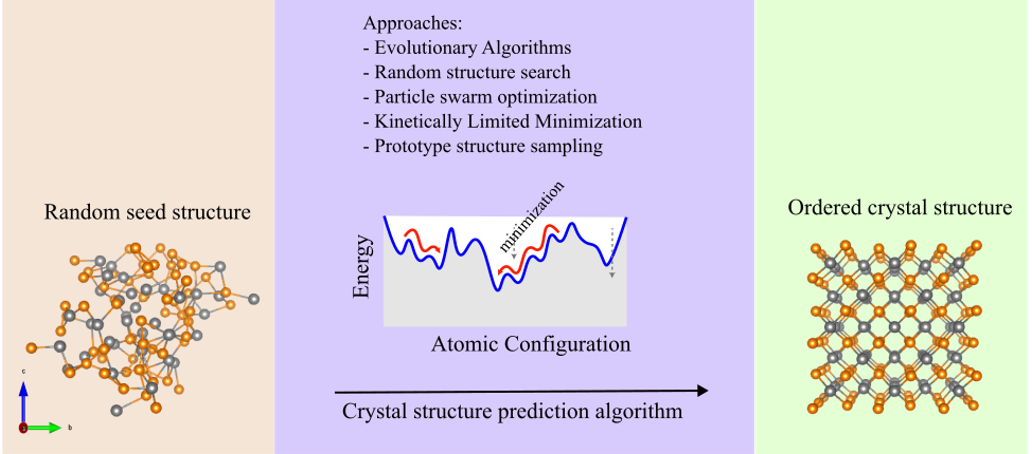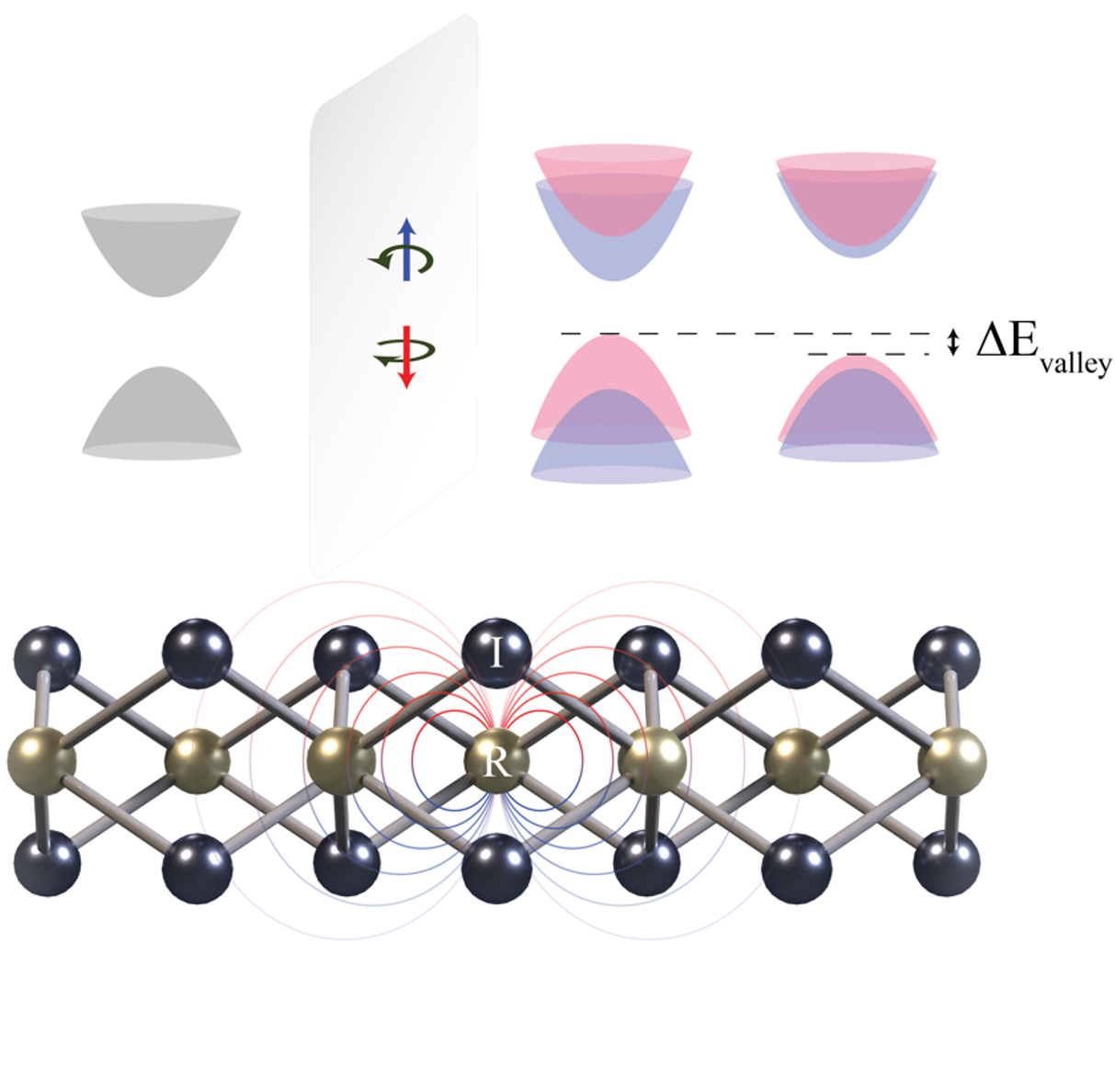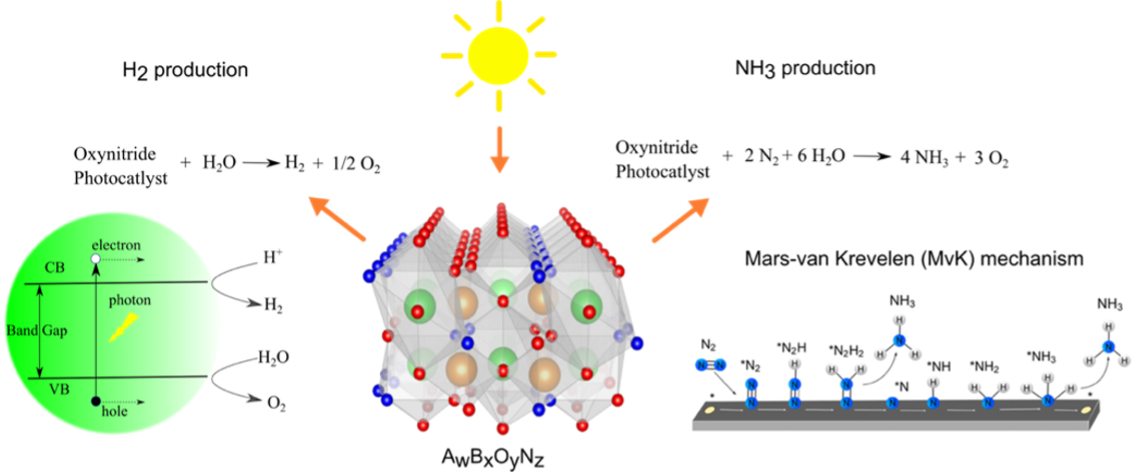Dr. Nirpendra Singh is currently an Assistant Professor of Physics at Khalifa University (KU) since 2019. Before joining KU, Dr. Singh was a research scientist in the Materials Science and Engineering Division at King Abdulla University of Science and Technology (KAUST), Saudi Arabia. Dr. Singh obtained his Ph. D. from the Indian Institute of Technology, Roorkee, India. He also worked as a Research Professor in the Institute of Basic Sciences at Sungkyunkwan University (SKKU), Suwon, South Korea.
Dr. Singh specializes in computational discovery and applications of two-dimensional (2D) materials and their heterostructures. His research focuses on electronic, mechanical, thermal transport, and Catalytic properties of 2D materials for sustainable energy. Dr. Singh has co(authored) more than 100 peer-reviewed articles in esteemed journals such as Advanced Materials and Advanced Functional Material, Nano Energy, Small, and Physics Review Applied. Dr. Singh has won internal and external research grants.

Computational Discovery of Two-dimensional Materials: Since the dawn of human civilization and the Industrial Revolution, the discovery of novel materials with previously unrecognized properties has been at the forefront of technological progress. Transistors were first discovered in 1947 at AT&T Bell Laboratories [1], sparking a revolution in electronics that has given us everything from personal computers to mobile phones. The exploratory discovery of novel materials over the past few decades has made many new technologies possible. The strategy relied heavily on experimental trial and error, with the learning evolving after each successful or unsuccessful attempt. Converting a proof of concept into a production-ready technology or product takes several years. The above approach has taken a turn with the evolution of high-performance supercomputers. With massive research focused on developing efficient computational resources, the computational prediction of novel materials has become an integral part of materials science and condensed matter research in the last two decades. The purely experimental-based discovery of novel materials is often slow, and it takes several years to understand their properties and applications. However, it has been fast-forwarded with the help of computational-aided discovery. The first-principles calculations (carried out without any information from the experiments) are used in high-throughput computations to analyze a wide range of potential (often fictitious) sample materials. The thermodynamic stability criteria (for example, convex hull analysis) are employed to check the stability of materials. Further constraints are levied on the stable materials for a targeted application.

2D materials and heterostructures for Valleytronics: Similar to the concept of charge in electronics, the valley degree of freedom in the field of valleytronics constitutes the binary states and offers a tremendous advantage in data processing speeds over the electrical charge. Valleytronics, where electrons carry a pseudospin with a distinct crystal momentum and quantum valley number, has recently attracted much attention. The significant separation of the crystal momentum protects the pseudospin from inter-valley scattering and leads to room-temperature valley-based quantum computing and communications. It is generally hard to control the valley pseudospin because the valley state is not strongly coupled to any external magnetic and electric fields. The emergence of two-dimensional (2D) transition metal dichalcogenides makes it possible to control the electron’s pseudospin of the electron by lifting the valley degeneracy by breaking the time-reversal symmetry. A preferred approach would be the creation of permanent valley polarization by breaking the time-reversal symmetry by the magnetic proximity from a magnetic layered material. The most challenging task is finding a suitable magnetic monolayer material to give substantial valley polarization.

Materials for Catalytic Reactions: Nitrogen reduction to ammonia and CO2 reduction to value-added chemicals are the most critical reactions because ammonia is used in fertilizers, global food production is growing, and CO2 empowers the manufacture of essential chemicals. In the United Arab Emirates, Abu Dhabi National Oil Company (ADNOC) announced the construction of a world-scale ammonia production facility in Ruwais (Abu Dhabi, UAE). ADNOC is an early pioneer in the emerging hydrogen market, driving the UAE’s leadership in creating local and international hydrogen value chains while contributing to economic growth and diversification in the UAE.
Precious metals (Pt, Pd, Ir, and Ru) based materials typically represent HER, OER, NRR, and CO2RR benchmarks. However, their rarity and high cost hinder their large-scale application. To find the potential alternative, our research group conducts a comprehensive investigation of materials for their applications in catalysis, as their large surface area lowers the energy barrier and charge transfer resistance to assist speedy electrochemical and electron charge transfer, respectively. Nevertheless, research on 2D electrocatalysts still needs to advance for their large-scale application to replace the commercially existing precious metal-based catalysts potentially.

2D Materials for Thermoelectrics: Progress in thermoelectric technology makes it possible to reduce the consumption of fossil fuels by increasing the contribution of green resources to the national energy mix. Thermoelectric generators will also have a crucial contribution to clean energy. Thermoelectric generators that generate electricity from waste heat have great potential to solve the world’s energy crisis. The development of efficient devices, however, requires materials with a robust thermoelectric response. The thermoelectric response of a material can be enhanced by regulating electrical and thermal properties. The research on clean energy aligns with the UAE Energy Strategy 2050, which targets that about 44% of generated energy should be green energy.
Research Grants:
Jan 2020- June 2023, ADEK-AARE-2019: Design principles for thermoelectric materials based on 2D heterostructures, AED ~1 M, ADEK (External-Funding-PI)
Jan 2021- Dec 2022, FSU Grant: Valley Polarization in Two-Dimensional Heterostructures using Machine Learning, Khalifa University, AED 882,000. (Internal Funding-PI)
Jan 2023-Dec 2023, Emerging Science Innovation Grant (ESIG-2023), Are Ferroelectric Materials Overlooked for Thermoelectric Energy? Khalifa University AED 367,000 (Internal Funding-PI)
Sept 2023-Feb 2026, Research Innovation Grant (RIG-2023), An Integrated Computational and Experimental Approach to Discover Novel Quaternary Oxynitride Catalysts for Efficient Ammonia Synthesis and Water Splitting, AED 1.8 M Khalifa University (Internal Funding-PI)
Sept 2021-March 2022, Sub-Award-National from Renewable Energy Laboratory (NREL), USA: Application and Development of Advanced Electro-Optical Characterization for Highly Efficient and Reliable Thin-Film Solar Cells, AED 150, 000 (External-Funding, with Dr. Stephan Lany, NREL, USA)
April 2023- March 2026, The Research & Innovation Center for Graphene and 2D Materials (RIC-2D) Grant: Novel 2D-crystals for the hydrogen economy (2DMat4H2), (External Funding-Co-I, with Dr. Lourdes Vega, Department of Chemical and Petroleum Engineering)
July 2022-2025, CIRA-2021, Magnetic Domain Wall and Skyrmion Dynamics to Obtain Smarter Solution for Future Memory Technology, AED 2M, Khalifa University (Internal Funding-Co-I, with Dr. Gobind Das, Department of Physics)
Jan 2020-Dec 2023, ADEK-AARE-2019: Plasmon spectroscopy approach for the nanoscale mechanical properties of aluminum and its alloys for aerospace applications, AED, ~1 million. (External-Funding-Co-I, with Dr. Dalaver, Department of Physics)
Ph.D. student positions in the "Properties and Application of Layered Materials (PALM)" group are available. Please contact Dr. Nirpendra Singh for more information on the research topic.